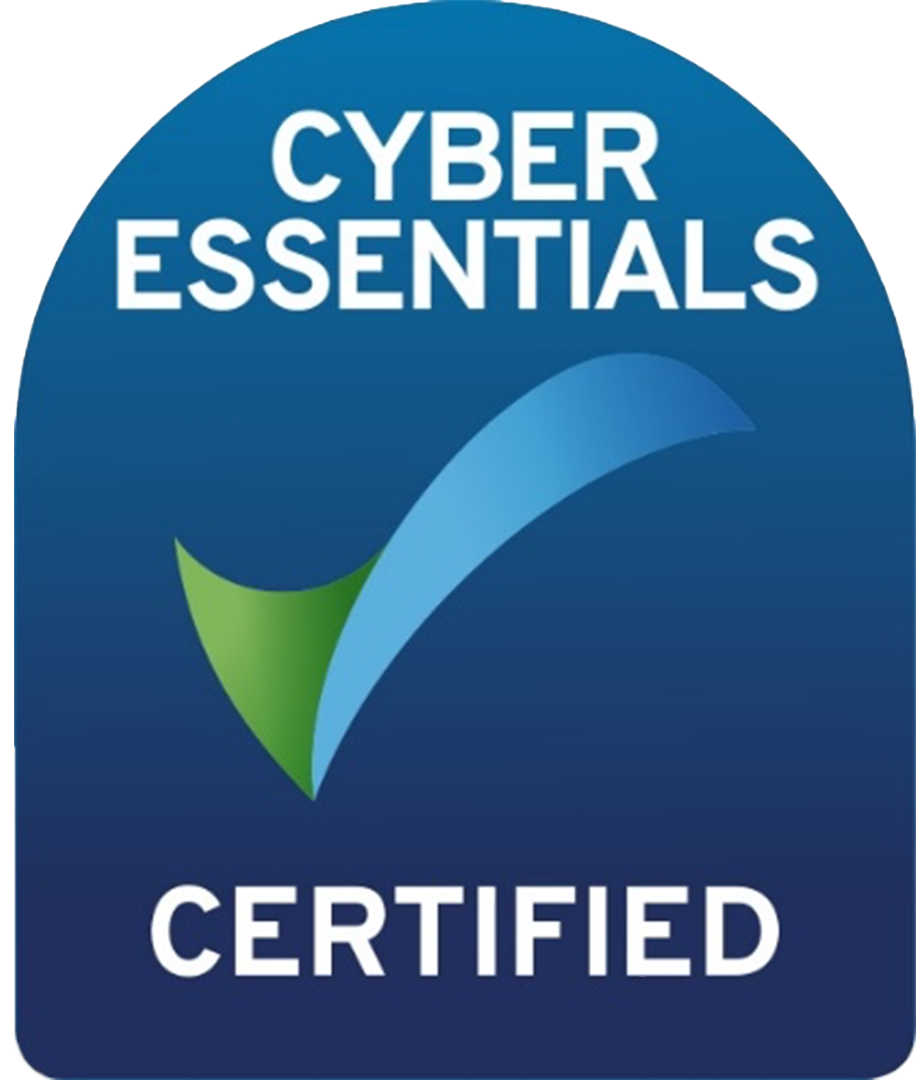Remote Work Flexibility and the Rise of Workplace Napping
Liz Jones • November 10, 2024
Remote Work Flexibility and the Rise of Workplace Napping
In the evolving landscape of work culture, particularly with the growing prevalence of remote work, there have been notable shifts in employee habits. One trend that has recently gained attention is napping during work hours. According to recent statistics, approximately one in ten UK workers admit to taking naps while working remotely. The most common time for these naps tends to be early afternoon, around two p.m., a period often associated with the natural post-lunch dip in energy levels.
This behavioural shift highlights the flexibility that remote work offers, allowing employees to manage their time and occasionally integrate short naps into their workday. However, this practice is not without its economic implications. Reports suggest that if this behaviour is indeed widespread, it could mean up to 4.3 million people in the UK are napping during work hours. The financial repercussions are significant, with estimates indicating that companies face potential losses amounting to half a billion pounds in wages each week. In addition, a survey of 2,000 UK adults underscores the impact of fatigue on productivity: more than three million Brits have left their jobs due to dissatisfaction stemming from tiredness, while one in five younger employees admit to calling in sick due to fatigue.
Amidst this trend, there is a simultaneous push from businesses and government bodies to bring employees back into physical office spaces. For instance, UK civil servants are now required to work in-person for at least three days a week. Companies that continue to support remote work are taking various measures to ensure productivity, including location monitoring to confirm employees are not working from abroad.
“It’s not just about monitoring; it’s about creating a culture where employees feel trusted yet accountable.”
In a recent UK Market Update, UK Managing Director Liz Jones, delved into the implications of workplace napping and its broader impact on both employees and employers. Discussing the statistics, Jones noted, “These findings are a stark reminder of how remote work has shifted the traditional work environment. It’s crucial that we, as leaders, understand both the benefits and the potential drawbacks.”
Jones highlighted the growing awareness among employers about balancing productivity with employee well-being. “It’s not just about monitoring; it’s about creating a culture where employees feel trusted yet accountable,” she said. This perspective aligns with the idea that while remote work can enhance work-life balance, it must be managed thoughtfully to avoid issues like reduced productivity and dissatisfaction.
Our discussion also explored generational differences in coping with fatigue and workplace expectations. Liz Jones observed, “Younger employees, who often seek more flexible work environments, seem to be more vocal about their struggles with tiredness. This tells us that we need targeted strategies to address the unique challenges each generation faces.” This insight reflects broader research that shows younger workers are more likely to prioritize mental and physical well-being, even if it means calling in sick to recuperate.
The conversation underscored the importance of supporting employees through strategies that address fatigue while maintaining company productivity. Punshon pointed out, “There’s a fine balance between offering flexibility and ensuring that we don’t compromise on the goals of the business.”
Effective Strategies to Combat Fatigue and Boost Productivity
To mitigate the challenges of fatigue in the workplace, whether in-office or remote, there are several effective strategies businesses can consider:
- Implementing Structured Breaks: Encouraging employees to take regular, structured breaks during the workday can help manage energy levels and reduce the likelihood of fatigue.
- Promoting Healthy Sleep Habits: Educating employees on the importance of maintaining a healthy sleep schedule can contribute to better overall productivity.
- Creating a Supportive Work Environment: A culture that values work-life balance and provides resources for stress management can prevent fatigue and promote sustained engagement.
- Flexible Working Hours: Allowing employees to adjust their schedules to fit their peak productivity times can enhance their output and reduce the need for midday naps.
- Workload Management: Ensuring that tasks are appropriately distributed and deadlines are realistic can prevent burnout and fatigue-related issues.
Addressing these points can help foster a work environment that supports productivity and well-being, ultimately benefiting both employees and organizations. By recognizing the signs of fatigue and implementing solutions, employers can create a sustainable, supportive workspace that aligns with modern work expectations.
Napping at work—whether viewed as a productivity detractor or a necessary response to fatigue—is a topic that requires careful consideration. Balancing the advantages of remote work flexibility with the need for consistent performance is key for any forward-thinking organization.
Find the job you love I Find the right talent
Get in touch with people2people
Australia I United Kingdom
In business since 2002 in Australia, NZ, and the United Kingdom, people2people is an award-winning recruitment agency with people at our heart. With over 12 offices, we specialise in accounting and finance, business support, education, executive, government, HR, legal, marketing and digital, property, sales, supply chain, and technology sectors. As the proud recipients of the 2024 Outstanding Large Agency and Excellence in Candidate Care Awards, we are dedicated to helping businesses achieve success through a people-first approach.
Find the job you love I Find the right talent
Get in touch with people2people
Australia
I United Kingdom
In business since 2002 in Australia, NZ, and the United Kingdom, people2people is an award-winning recruitment agency with people at our heart. With over 12 offices, we specialise in accounting and finance, business support, education, executive, government, HR, legal, marketing and digital, property, sales, supply chain, and technology sectors. As the proud recipients of the 2024 Outstanding Large Agency and Excellence in Candidate Care Awards, we are dedicated to helping businesses achieve success through a people-first approach.
Recent articles









